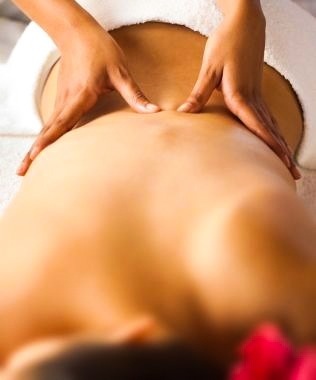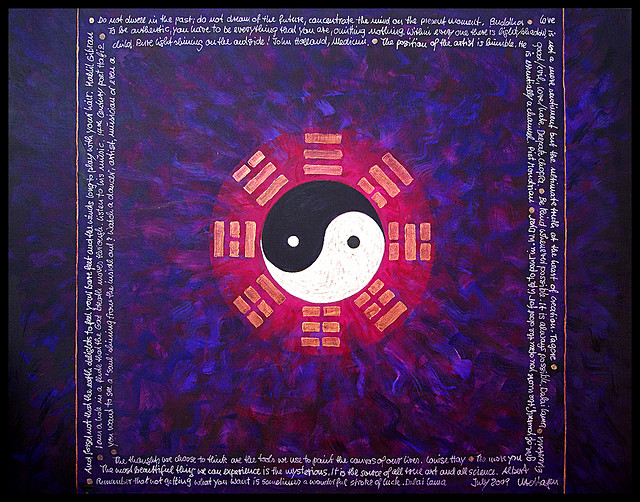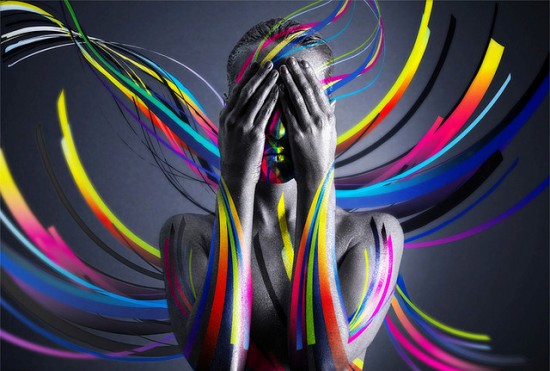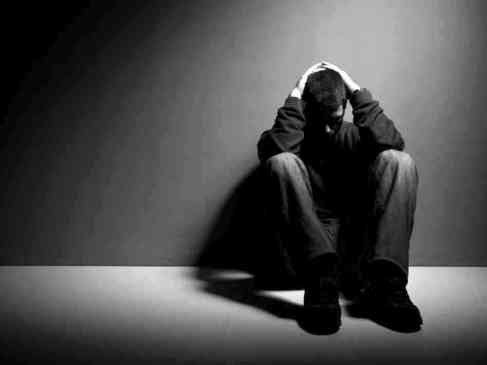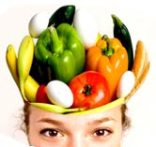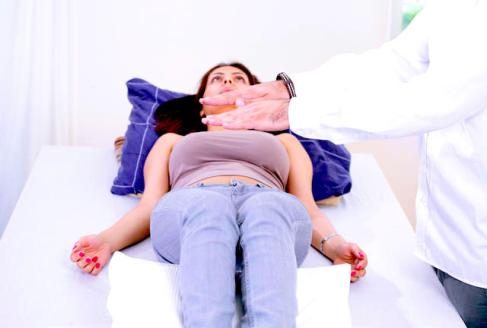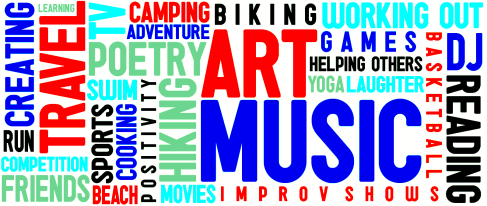“This article was written in 2005 and since then there have been hundred of other studies that have shown the same results: massage helps people. You don’t have to be at a resort or use the excuse of you Birthday to get a massage. The simple excuse of being human is enough. Everyone can benefit from the holistic treatment of massage therapy. And I’m not just saying this because I am a certifiedcpractitioner, I’m saying it because its true. Massage has not only physical but mental benefits as well. In this article you’ll find how massage therapy can help promote a greater sense of well being while in recovery from active addiction. The informat of is backed up by facts that are hard to ignore. You may want to consider taking the money that used to be spent on drugs and alcohol to put towards a weekly treatment. Look for a local massage therapist and ask them about possible discounts that can be given if you schedule a regular session. Let them know your condition and work with them to start your healing process.” -With endless love, Robyn
Substance abuse is a major public health problem. According to the National Institute of Drug Abuse, substance abuse costs our nation more than $484 billion per year. This includes costs related to crime, medical care, treatment, social welfare programs, and time lost from work.
Comprehensive treatment for the addicted individual is the key to turning this health crisis around. In the October 2003 edition of Counselor, The Magazine for Addiction Professionals, Joni Kosakoski, BSN, RN, CARN gives us the fuel to propel massage therapists into the realm of drug and alcohol treatment. In her article “Massage: Hands Down, a Treatment for Addiction”, Kosakoski gives us a clear and concise analysis of massage’s benefits for this population and its place in addiction treatment.
Incorporating massage into a substance abuse program is advantageous in all of the stages of quitting an addiction: withdrawal, detoxification and abstinence. The physical, emotional and spiritual components of recovery all can be directly benefited by the healing power of therapeutic touch. The nurturing contact of massage utilizes skin as the translator of the therapist’s intent. Skin, the largest sensory organ in our body, is our primary sense for connecting information from our external surroundings to our internal environment.
The Touch Research Institute in Miami, Florida has performed scientific research documenting the physiological effects of massage on the body. Kosakoski reminds us of some of their findings on massage such as decreased pain, diminished autoimmune response, enhanced immune response, and increased alertness and performance. These effects appear to be related to massage’s ability to reduce cortisol, a stress hormone, as reported by the Touch Research Institute in 2003. Several of the Touch Research Institute’s studies positively document the ability of massage to decrease anxiety, depression, agitation, and cravings.
In order to understand the connection between massage therapy and its benefit in addiction treatment, Kosakoski explains the neurological biochemistry of addiction: “Much attention has been directed to the mesolimbic reward system, the so-called ‘pleasure pathway’ of the brain. The area is activated in part by the release of the neurotransmitter dopamine, the chemical messenger responsible for making us feel good when we engage in any pleasurable activity. It is well known that dopamine is significantly involved in addiction and that dopamine levels are lower than average during the withdrawal process and into early recovery until brain chemistry normalizes.”
In 1998, the Touch Research Institute published the findings that a regular massage regimen produced long-term results of increasing dopamine levels. The fact that massage naturally increases dopamine levels, and decreases cortisol levels makes it a perfect addition to a standard detoxification program.
The neurochemistry of an addict takes time to get back into balance, so massage treatments after the initial detoxification phase is crucial. When a person uses a substance to feel good, his/her body stops manufacturing its own “feel good” chemicals, (endorphins), and the substance takes over that task. Therefore, when a person quits using an abused substance, they lose their source of feeling good. Since it takes time for the body to start manufacturing its own endorphins again, this is a challenging interim to endure. This interim is the recovering addict’s most vulnerable time to relapse.
In the 1989 edition of General Pharmacology, Kaada and Torsteinbo of Norway reported on study results that massage therapy increased the amount of beta-endorphins in the blood by 16 percent. The release of endorphins during a massage allows the recipient to feel normal, even fantastic, without the aid of a drug. This can be a powerful, even life-changing experience for the client.
On a physical level, the circulation that occurs with massage is also a desired occurrence during the detoxification process. Therapeutic massage’s invigoration of blood and lymphatic fluid allows for a more efficient exchange of oxygen rich nutrition into the body’s tissues, and the delivery of toxic waste products out of the body’s tissues. Kosakoski adds that “All systems of the body function more efficiently with improved circulation and a reduction in tension of the soft tissues and musculature…”
On an emotional level, part of an addict’s recovery process is learning to identify and manage the triggers that cause them to desire escape. Regular massage sessions can aid the client’s awareness of his or her own body, including where and when tension exists. Being conscious of these patterns is a step toward recognizing one’s own resistance, which can lead to healthfully addressing emotions associated with cravings and stress. In addition Kosakoski says that “Emotional release can commonly occur with massage, which provides a safe, non-threatening opportunity to begin the process of recovering long-buried emotions and memories.”
On a spiritual level, the deep relaxation of a massage can provide a still inner place for the recipient to connect with themselves. Being grounded, centered and fully present can be experienced when receiving therapeutic touch from a grounded, centered and fully present practitioner. A recovering addict has a whole new world opened to them when they acknowledge that they can simultaneously be anchored, present, feel good and be substance-free. As Kosakoski explains, “To allow oneself to surrender to the practitioner’s hands — to breathe fully and easily, to acknowledge and receive the gifts of nurturing, surrender and relaxation ….is an invaluable addition to the newly recovering person’s repertoire of relapse-prevention skills.”
Massage has the unique ability to affect all of our layers of being — from the spiritual plane all the way up to and including our body’s chemical composition. In the process of abandoning an addiction, these many parts of ourselves become fragmented. It is merely a matter of time before all addiction and recovery treatment programs recognize massage’s ability to mend the mind-body connection. When that happens, therapeutic massage will be integrated into addiction treatment, and clients will be optimally prepared to succeed in their recovery.
From IntergrativeHealthcare.org
